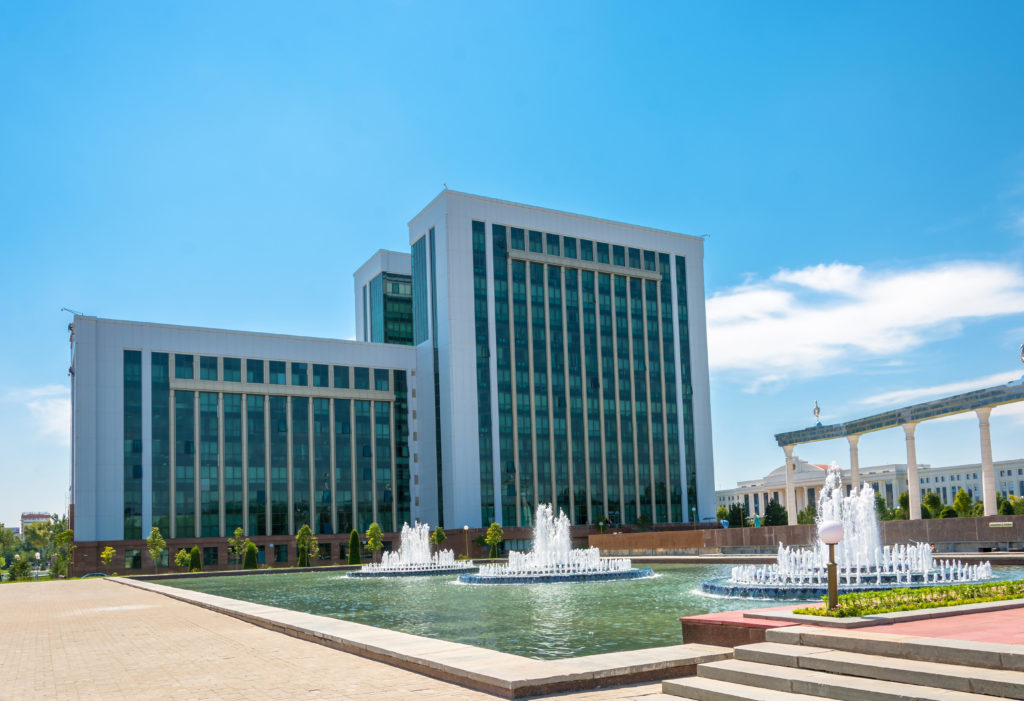TASHKENT
Uzbekistan’s central bank kept its main rate unchanged at 14 percent on Thursday amid declining annual inflation rates, as well as pro-inflationary risks in the global and domestic economy.
The decision was also based on ensuring monetary conditions needed to achieve the 2022 inflation forecast, the bank said.
The annual inflation rate reached 10.3 percent in November, slightly higher than the forecast in the central bank’s baseline scenario.
Uzbekistan’s economy is expected to grow 6.5-7.2 percent in 2021, taking into account the positive dynamics of economic activity and growth of industries in the first 11 months of this year, the central bank said.
The regulator has been implementing a large-scale fiscal stimulus from the second half of 2021 and hopes the current monetary policy environment will be one of the main factors supporting consumer demand and investment activity in the first half of 2022.
“According to calculations, from the second half of 2022, the rate of economic growth will approach its long-term trend, and the economy will reach its potential level,” it said in a statement.
The external economic situation has been accelerating inflationary processes against the backdrop of a significant increase in prices for basic food products and energy resources. Since the beginning of the year, the soum currency weakened by 3 percent against the U.S. dollar, according to the bank.
Uzbekistan received $7.3 billion in remittances in January-November, 35 percent up from the same period last year, and remained one of the factors supporting the consumer demand of the population.
Policymakers have kept the key rate unchanged since September last year. Uzbekistan forecasts 10 percent inflation this year, a rate the government wants to halve to 5 percent by 2023. As well as bringing inflation down, it is hoping to significantly boost economic growth.
The bank said on Thursday that the 10 percent inflation target for this year was achievable amid declining dynamics of inflation. However, it added that reaching next year’s inflation target of 9 percent needs moderately tight monetary conditions and some measures to reduce non-monetary factors affecting prices.
The regulator will continue to analyse inflationary factors and risks arising under the influence of external and internal economic conditions and take appropriate decisions to eliminate them.
In addition, a systematic solution to the problems of balancing prices for basic food products, reducing the seasonality of this group and increasing the supply of products, is an important factor in ensuring price stability and increasing purchasing power.

